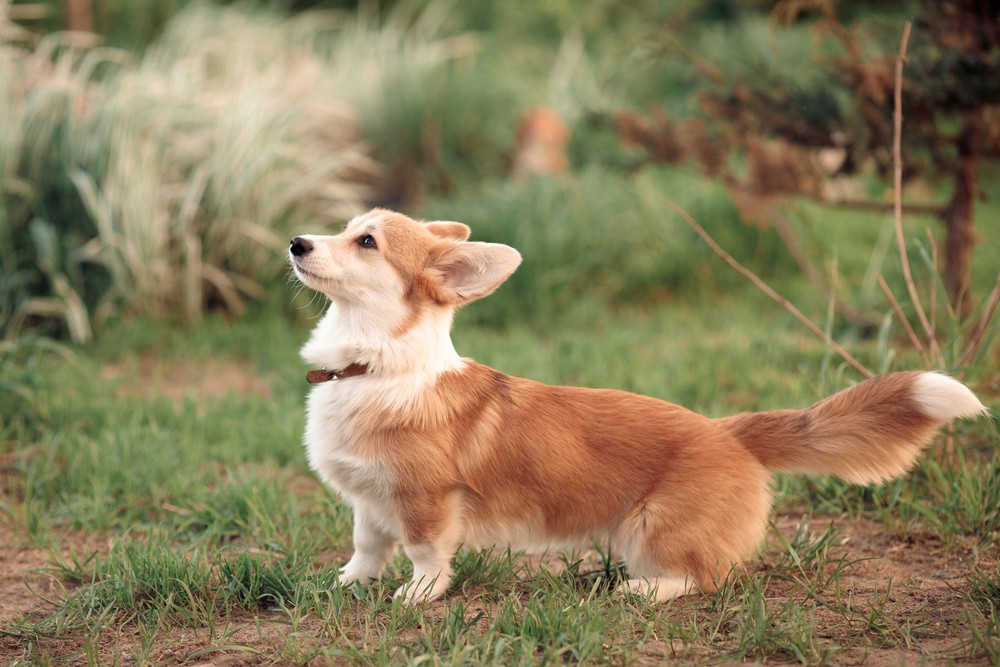
The question of whether Corgis are born with tails requires understanding the distinct characteristics of two separate breeds - the Cardigan Welsh Corgi and Pembroke Welsh Corgi. While Cardigans naturally have long tails, Pembrokes exhibit more complexity due to a dominant bobtail gene. This gene, when present as a single copy, results in a natural short tail, but is lethal in double doses during embryonic development. Though some Pembrokes are born with natural bobtails, many have traditionally undergone tail docking to meet breed standards. Recent bans on docking in various countries have increased focus on natural tail genetics in breeding programs.
Are Corgis Born with Tails
Natural Tail Genetics
Research shows that Pembroke Welsh Corgis can be born with either naturally bobbed or full-length tails. The natural bobtail gene is dominant but cannot produce 100% tailless dogs due to its lethal homozygous nature. When breeding two natural bobtail Corgis, approximately 67% of surviving puppies will have bobbed tails while 33% will have full tails.
Breed Variation
The Cardigan Welsh Corgi is always born with a full-length tail as they lack the bobtail gene. In contrast, Pembroke Welsh Corgis can be born with either tail type. Historical records indicate that in the early days of the breed, a higher percentage of Pembrokes were born with natural bobtails compared to today, though exact statistics from that era are not available.
Introduction to Corgi Breeds and Their Natural Tails
Distinct Breed Origins
While previous sections covered breed variations, this section focuses specifically on origins. The two distinct Corgi breeds emerged through convergent evolution in Wales - the older Cardigan Welsh Corgi and younger Pembroke Welsh Corgi. The Pembroke descended from Vallhunds, while Cardigans share ancestry with Dachshunds.
Natural Tail Expression
Expanding on genetics findings, research by Norwegian scientists confirmed that natural bobtails in Pembrokes show varied expressions - from complete absence to terrier-length half tails. Most common are bobs with 1-2 vertebrae. The undercoat affects visual tail length, as it blends with hindquarter furnishings. This natural variation contrasts with the strict AKC standard requiring tails under 2 inches.
Tail Inheritance and Population Statistics
Modern Population Distribution
While previous sections covered natural tail genetics, this section focuses on current population statistics. Research indicates that globally, Pembrokes born with long tails are more common, though percentages vary by region. In countries where docking is banned, natural bobtails occur in 50-67% of puppies. However, in the US where docking remains common, relatively few Pembrokes are born with naturally short tails.
Health Implications
Building on previous genetic findings, scientific studies have conclusively shown that the natural bobtail gene does not cause spinal defects, decreased litter sizes, or other health issues. Research by the Norwegian Veterinary Institute found no correlation between natural bobtails and vertebrae abnormalities or early mortality rates. Litter statistics demonstrate that bobtail breeding produces normal-sized litters with typical survival rates.
Conclusion
The research definitively shows that Corgis can be born either with or without tails, depending on their specific breed and genetics. Cardigan Welsh Corgis are always born with full-length tails, while Pembroke Welsh Corgis can be born with either natural bobtails or full tails due to a dominant bobtail gene. In Pembrokes, approximately 67% of surviving puppies from bobtail parents will have naturally short tails, while 33% will have full-length tails.
These findings have important implications for both breeding practices and breed standards. Scientific studies have confirmed that the natural bobtail gene does not cause health issues or decreased fertility. However, there are notable population differences globally - in countries where tail docking is banned, natural bobtails occur in 50-67% of Pembroke puppies, while the trait is less common in regions like the US where docking remains standard practice. This research helps clarify the natural tail genetics of Corgis while highlighting how breeding practices and regulations influence tail characteristics in modern populations.